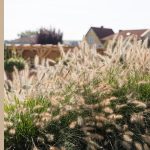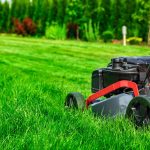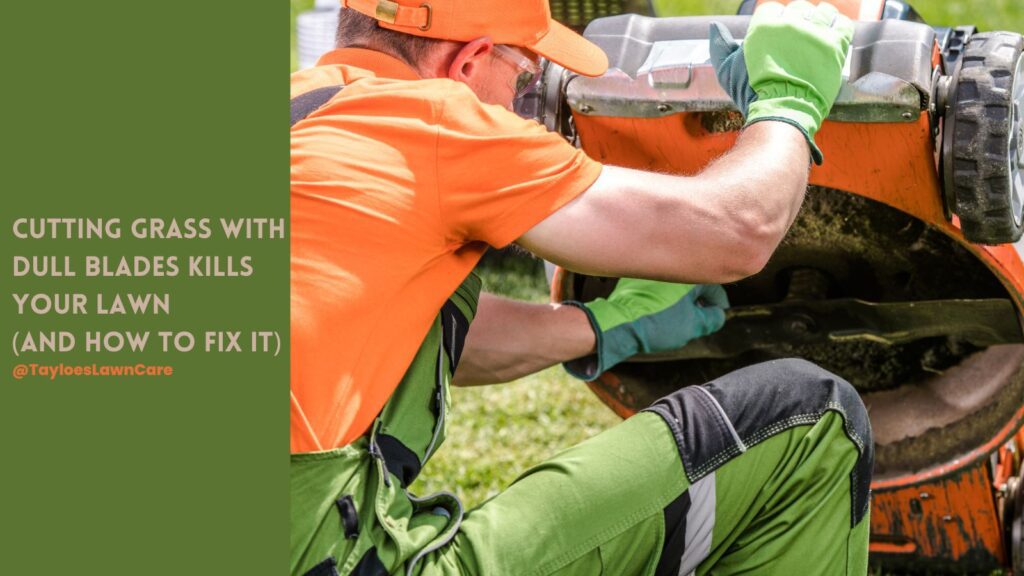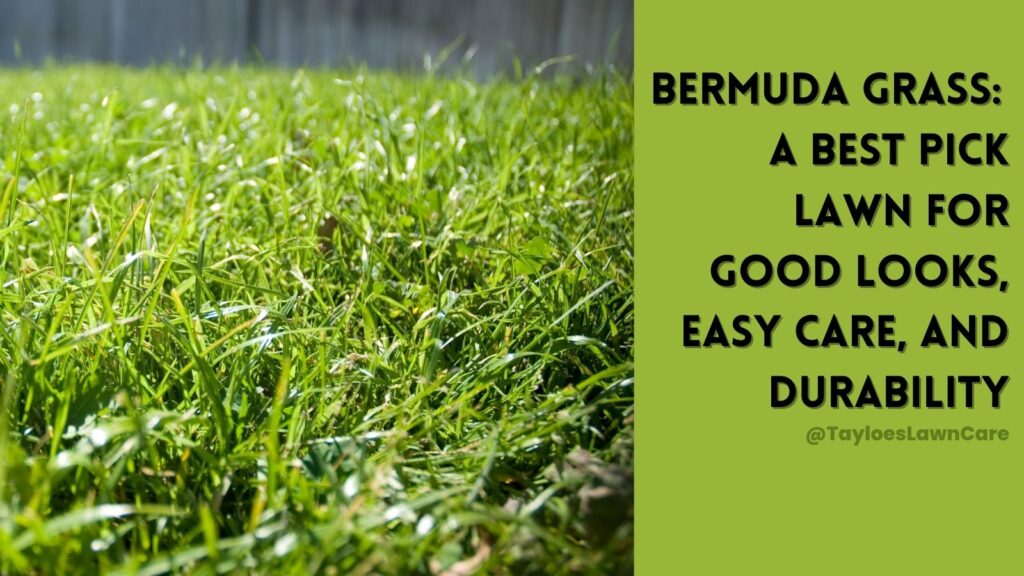Last Updated on: 15th October 2023, 10:57 pm
Do you have an eroding yard? This info can help!
Like a blanket covering the Earth, the soil is the foundation of life, providing essential nutrients and support for plants to grow. Without proper care, our lawns and gardens can suffer the devastating effects of soil erosion. This condition occurs when the top layer of soil deteriorates due to natural forces or human activities.
In this comprehensive guide, we’ll explore the causes of soil erosion, identify signs of this common issue, and offer practical solutions for homeowners to protect and nurture their lawns.
What Is Soil Erosion?
Soil erosion is a natural process that involves the removal or displacement of the top layer of soil (or “topsoil”) by natural forces such as wind and water. This process can accelerate due to human activities such as deforestation, improper agricultural practices, and urban development.
Topsoil is vital as it contains the organic matter and nutrients plants need to grow. When washed or blown away, it can reduce the soil’s fertility and the land’s productivity. In addition, eroding soil can lead to sedimentation in waterways, leading to problems for aquatic ecosystems.
It’s worth noting that while soil erosion is a natural process, human activities can significantly speed it up, leading to more severe environmental and economic consequences. Therefore, efforts to manage soil integrity are essential for maintaining the health of our ecosystems and our ability to grow food.
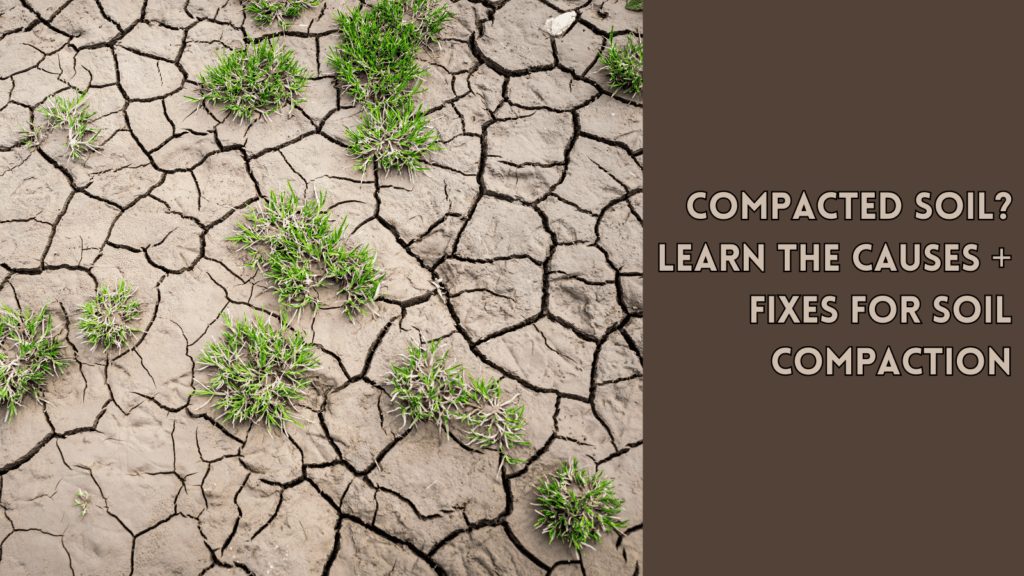
Six Primary Causes of Soil Erosion
Now that you have a science-backed explanation of soil erosion let’s look at the specific causes.
Natural causes
- Wind: Gusty winds can pick up loose soil particles, especially in dry areas, and carry them away from your lawn. This process, known as “wind erosion,” can significantly deplete valuable topsoil over time, impacting the health and growth of your lawn.
- Water: Heavy rainfall or overwatering can result in “water erosion,” which washes away topsoil and essential nutrients. This phenomenon is particularly prevalent in areas with poor drainage or on slopes, where water flows more rapidly, carrying soil particles.
- Gravity: On sloped landscapes, gravity naturally contributes to soil displacement. When combined with other factors like rainwater runoff or human disturbances, soil on inclined surfaces becomes even more vulnerable to erosion.
Human-induced causes
- Construction and urbanization: The rapid expansion of urban areas and construction projects often removes natural vegetation and soil compaction. This disturbance in the ecosystem can lead to increased erosion, as fewer plants and roots hold the soil in place.
- Poor lawn care practices: Overgrazing, excessive tilling, and improper mowing techniques can contribute to soil erosion. These actions weaken the root systems of plants, which in turn, compromises the soil structure and its ability to resist erosion.
- Deforestation: Removing trees and plants for agriculture, development, or other purposes can exacerbate soil erosion, as roots and vegetation play a crucial role in holding soil particles together and retaining moisture.
Five Signs of Soil Erosion
How can you tell if you have eroded land in your yard?
- Exposed roots: One of the most visible signs of soil erosion is the exposure of tree and plant roots. The roots lose their protective covering as the soil washes or blows away. As a result, it leaves them vulnerable to damage and disease.
- Soil compaction: The loss of topsoil can lead to soil compaction, which occurs when the remaining soil particles compress tightly together. This situation can result in poor water infiltration, reduced aeration, and increased runoff, all contributing to further eroded soil.
- Sediment build-up: As eroded soil particles wash away, they often accumulate in lower areas of your lawn or garden. This scenario can lead to the formation of sediment deposits, which may block drainage systems and smother vegetation,
- Uneven terrain: Eroding soil can cause your lawn to develop an uneven surface, with visible dips, ruts, or channels where water and soil have run off.
- Reduced soil fertility: The loss of nutrient-rich topsoil due to erosion can result in a decline in soil fertility, impacting the health and growth of your lawn and garden plants.
Prevention and Solutions
Since you are still reading this guide, let’s assume you’ve spotted eroded soil in your yard. Here are some ways you can stop the harmful impacts.
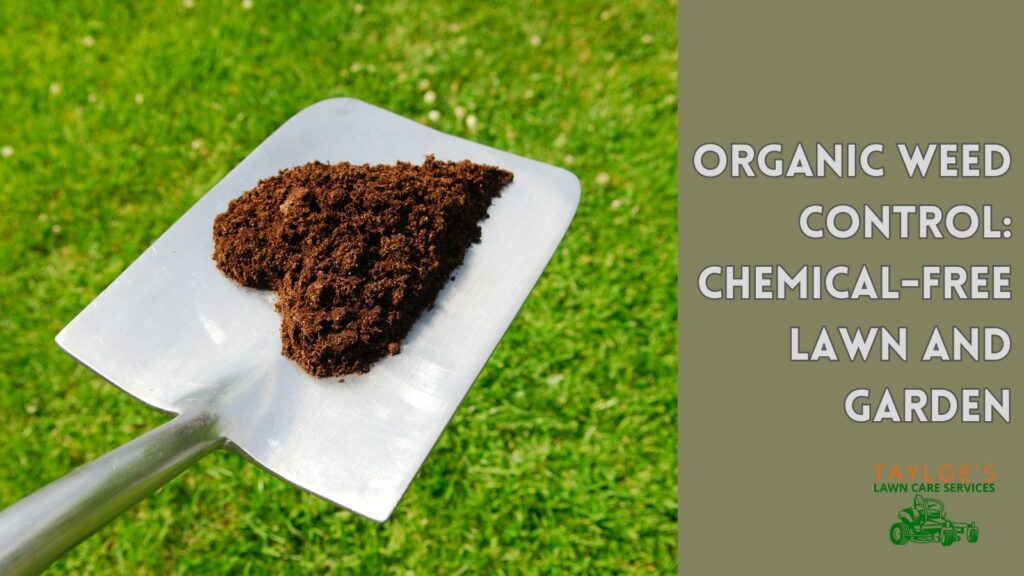
Landscaping techniques:
- Terracing: Creating level terraces on sloped landscapes can help reduce the force of water runoff and minimize soil erosion. Terracing preserves your topsoil and adds an aesthetic appeal to your garden or lawn.
- Retaining walls: Constructing retaining walls strategically can help prevent soil from washing or sliding away. These structures provide stability and protection to your landscape, ensuring long-lasting beauty and functionality.
- Drainage systems: Implementing proper drainage systems, such as French drains, swales, or dry creek beds, can help manage water runoff and reduce the risk of soil erosion. These systems ensure that excess water flows away from your lawn or garden. As a result, you’ll have less damage to the landscape.
Lawn care practices
- Proper mowing techniques: Mowing your lawn at the correct height and frequency encourages a robust root system, which helps prevent soil erosion. Avoid cutting the grass too short, as it weakens the root structure and leaves the soil more susceptible to erosion.
- Organic mulching: Applying a layer of organic mulch, such as wood chips, straw, or leaves, around your plants and trees can help retain moisture, improve soil structure, and minimize the impact of rainwater on the soil surface.
- Aeration: Regularly aerating your lawn can alleviate soil compaction and promote healthy root growth. This process involves creating small holes in the soil, allowing water, air, and nutrients to penetrate deeper into the ground. It leads to improving soil structure and reducing erosion.
Plant-based solutions
- Cover crops: Planting cover crops, such as clover or annual ryegrass, during the offseason. These can help protect your soil from erosion by providing a vegetative cover that holds the soil in place. These plants also improve soil fertility by adding organic matter and nutrients back into the ground.
- Native plants: Incorporating native plants into your landscape can help minimize soil erosion. These plants are adapted to local soil and climate conditions, often requiring less water and maintenance, and their deep root systems provide essential support to the soil structure.
- Trees and shrubs: Planting trees and shrubs strategically around your lawn or garden can help anchor the soil, prevent wind and water from eroding your land, and provide valuable habitat for local wildlife.
Benefits of Preventing Soil Erosion
- Improved lawn health and appearance: By implementing effective erosion prevention techniques, you can maintain a lush, healthy, and visually appealing lawn.. You will add beauty and value to your property.
- Increased property value: A well-maintained landscape with proper erosion control measures can enhance your property’s curb appeal and overall value.
- More Earth-friendly: Strengthening the soil contributes to a healthier ecosystem, as it helps maintain water quality, reduces sedimentation in local waterways, and supports biodiversity.
- Enhanced biodiversity: A landscape with diverse plant life and minimal soil erosion provides a rich habitat for various species of birds, insects, and other wildlife, promoting ecological balance and sustainability.
Local Resources and Assistance
- Government agencies and programs: Many local, state, and federal agencies offer resources, workshops, and financial assistance for soil conservation and erosion control projects. Contact your local Agricultural Extension offices for guidance and support.
- Community organizations: Environmental and gardening clubs, as well as local nonprofits, often provide educational materials, workshops, and volunteer opportunities related to soil conservation and sustainable landscaping practices. Connect with these groups to expand your knowledge and contribute to your community’s well-being.
- Lawn care professionals: Expert lawn care professionals can provide personalized advice, support, and services tailored to your specific lawn care concerns. We are committed to helping you maintain a beautiful, healthy, and sustainable landscape while minimizing the risk of soil erosion.


The Takeaway: Don’t Ignore Soil Erosion; It Takes a Strategic Effort to Stop the Damage
Properly addressing and preventing soil erosion is essential for maintaining a healthy and beautiful lawn. By understanding the causes and signs of soil erosion and implementing effective prevention techniques, homeowners can protect their landscapes, increase property value, and contribute to a healthier environment.
Contact the Tayloe’s Lawn Care Services team for personalized advice and services tailored to your unique soil erosion concerns. Let us help you create and maintain a thriving landscape that benefits your property and the environment.
Author Profile

- Randy Tayloe is the COO of Tayloe's Lawn Care Service, LLC. He is a certified custom applicator, recognized by the North Carolina Department of Agriculture Pesticide Division. A native of Bertie County, NC, and graduate of Bertie High School, he wants to beautify his home county - one yard at a time.
Latest entries
 FaunaOctober 3, 2025Fall decorations that endanger wildlife (and how to avoid the risks)
FaunaOctober 3, 2025Fall decorations that endanger wildlife (and how to avoid the risks) GardeningApril 1, 2025Fountain grasses add colorful foliage and movement
GardeningApril 1, 2025Fountain grasses add colorful foliage and movement GardeningMarch 21, 2025White cloud muhly grass growing guide
GardeningMarch 21, 2025White cloud muhly grass growing guide Lawn CareFebruary 25, 2025Should I mow every week?
Lawn CareFebruary 25, 2025Should I mow every week?


